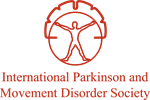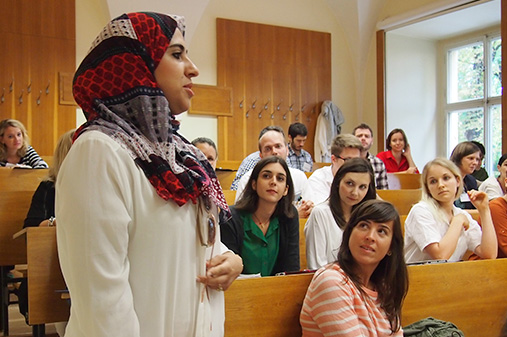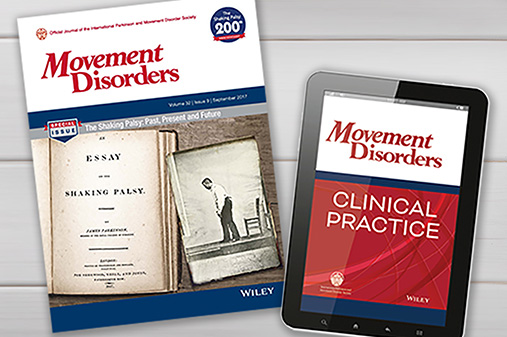 VOLUME 29, ISSUE 2 • JUNE 2025. Full issue »
VOLUME 29, ISSUE 2 • JUNE 2025. Full issue »


Non-motor symptoms (NMS) associated with Parkinson’s disease (PD) have a significant impact on quality of life and patient function. The range of NMS that can occur over the course of PD is large, including neuropsychiatric, cognitive, sleep, autonomic, gastrointestinal, and sensory symptoms. NMS can be even more detrimental for patients and caregivers than motor symptoms. Measuring NMS accurately makes it possible to quantify the symptom burden in clinical care and clinical research.
The International Parkinson and Movement Disorder Society – Non-Motor Rating Scale (MDS-NMS) assesses severity and frequency of non-motor symptoms (NMS) in PD and is rater-administered.1 However, completion of the instrument takes considerable time, as each domain is scored for both severity and frequency. Also, it is rater-completed and therefore requires trained personnel to administer the test. A shorter, patient-completed version would allow the MDS-NMS to be used more commonly, including via remote completion, with the potential to improve clinical care and research across the disease spectrum. The MDS-NMS-Questionnaire (MDS-NMS-Q) was developed as a briefer (i.e., assessing symptom severity only), self-completed version of the MDS-NMS. Both are 13-domain, 52-symptom instruments with a separate non-motor fluctuations (NMFs) section.
We recently validated the MDS-NMS-Q versus the MDS-NMS.2 In this cross-sectional, multi-site, international study, 199 idiopathic PD patients first completed the self-administered MDS-NMS-Q unsupervised and then were assessed in-person with the rater-administered MDS-NMS. The mean age of the cohort was 67.19 years, mean age at PD diagnosis was 59 years, and median Hoehn & Yahr stage was 2. Data quality was satisfactory for all 13 MDS-NMS-Q domains, with no floor or ceiling effects for the total score, although individual domains had variable floor effects. Internal consistency for most domains was satisfactory, except for the impulse control domain. Correlation and concordance between MDS-NMS-Q and MDS-NMS total scores were high.
For the NMFs section, the most commonly reported symptoms were similar to those previously reported (e.g., fatigue, restlessness, and pain). Although the correlation between the MDS-NMS-Q NMFs section and the MDS-NMS NMFs subscale total scores was high, and the concordance between total scores was acceptable, the concordance at the item level was low. Some participants had trouble completing this section; a considerable number of participants answered ‘no’ to the gateway question, which meant they did not endorse NMFs overall, but then went on to complete each individual NMFs sub-question. Consideration should be given to modifying the gateway question and instruction paragraph for the NMFs section to minimize any confusion.
Strengths of the study include being a relatively large, multicenter, international collaborative effort by research teams that developed and validated the MDS-NMS. Limitations include having a primarily male, highly educated sample with limited ethnic and racial diversity, and an all English-speaking cohort.
In summary, we found that the MDS-NMS-Q has a strong association and concordance with the MDS-NMS at the total score and domain level. This indicates that the MDS-NMS-Q, allowing self-completion and focusing only on symptom severity, is an acceptable, and more feasible, alternative to the rater-administered version of the instrument. Having the MDS-NMS-Q available hopefully will increase recognition and management of NMS in PD, as well as spur new management strategies from early to late disease, which is crucial for the holistic care of PD patients.
References
1. Chaudhuri KR, Schrag A, Weintraub D, et al. The Movement Disorder Society Nonmotor Rating Scale: Initial validation study. Mov Disord. Jan 2020;35(1):116-133. doi:10.1002/mds.27862
2. Weintraub D, Chaudhuri KR, Schrag A, et al. Validation of the International Parkinson and Movement Disorder Society Non-Motor Symptoms Questionnaire (MDS-NMS-Q). Mov Disord. Apr 18 2025;doi:10.1002/mds.30202
Read more Moving Along:






